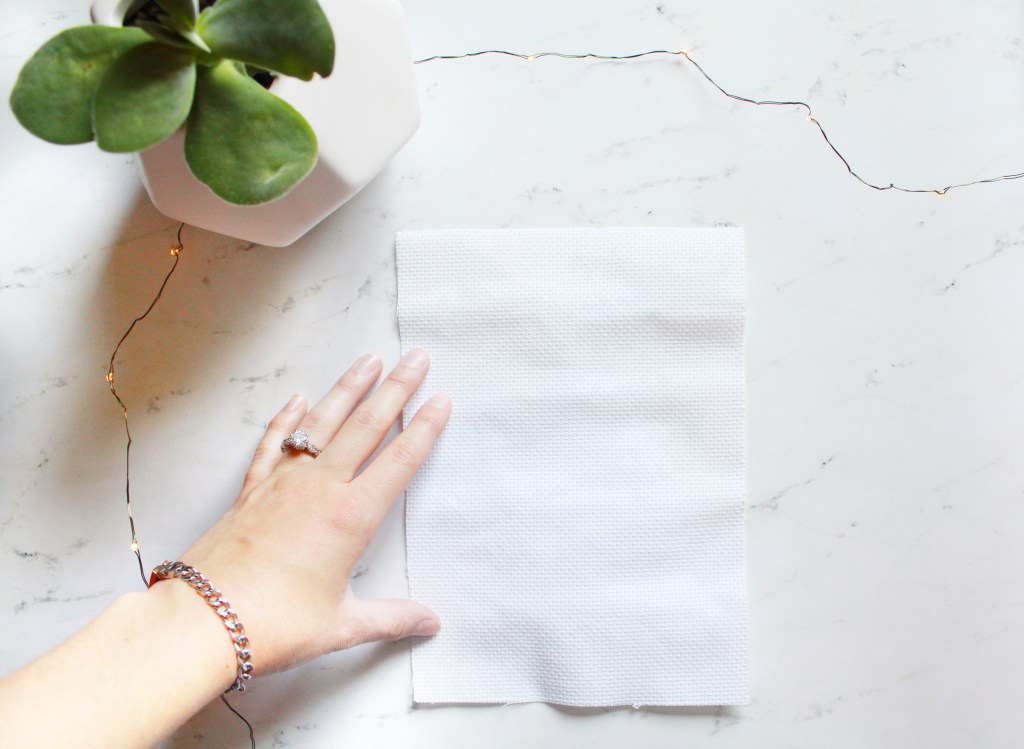(This post may be sponsored or contain affiliate links, which means I may receive a small commission, at no cost to you, if you make a purchase through a link. See my full affiliate disclosure here.)

Have you wanted to learn how to cross stitch, but have never known where to get started? Then you’ve come to the right place! In this blog series, Learn How to Cross Stitch, I will be walking you through a step by step tutorial on how to cross stitch including: supplies needed, English and danish cross stitch methods, backstitching, and other tips and tricks I have picked up along the way.
I always encourage people to learn how to cross stitch because it is such an easy craft to learn. You use one stitching technique in a variety of ways to create beautiful pictures out of thread. Since you use one main stitch, it is a craft that is very meditative and relaxing. I’ve found cross stitching has helped reduce my anxiety, because I am able to have something to focus on and it produces wonderful results. It also is fun to see a picture emerge as you make each stitch, and it a great creative outlet! Whether you want to learn to help reduce stress or you just want to do something fun, no matter what your reasons for wanting to learn how to cross stitch, you are about to embark on a rewarding creative journey. Now let’s get started!
Supplies

No cross stitch would be possible without the proper supplies, since they are the backbone of every cross stitch you do. Supplies can range from thread to fabric, or the type of needle you use. What’s great is that these are all fairly inexpensive, so you won’t have to break your bank to get the things you need to start cross stitching! The main supplies you use are:

1. “>here.

2. %20“>embroidery needle you can get that is specifically used for cross stitching or tapestry needlepoint. These are fairly inexpensive to get and can be found at any craft store. You can find some inexpensive needles that work great
4. “>scissors specifically designed for embroidery that can make very small cuts. I use

6. DMC color chart – This is a just for fun tool that I love having! DMC created a color card that has every thread color that they have made. For people who are designing cross stitch patterns, this comes in handy because you don’t have to go to the store or buy each thread color to know what shade it is. Sometimes I like to open it up just so I can look at all of the colors.
Now that you know the supplies needed for cross stitching you’re ready to learn how to do it! The next part in the series will teach you how to prepare your fabric for stitching, which you can find here.
Happy stitching!
~Claire

